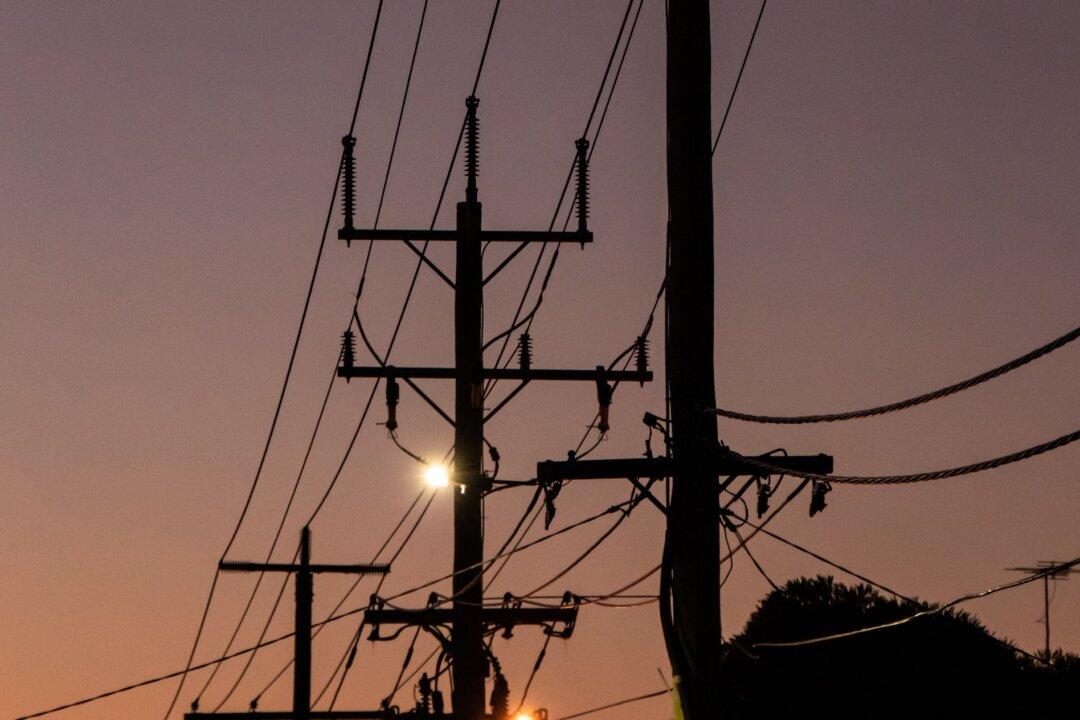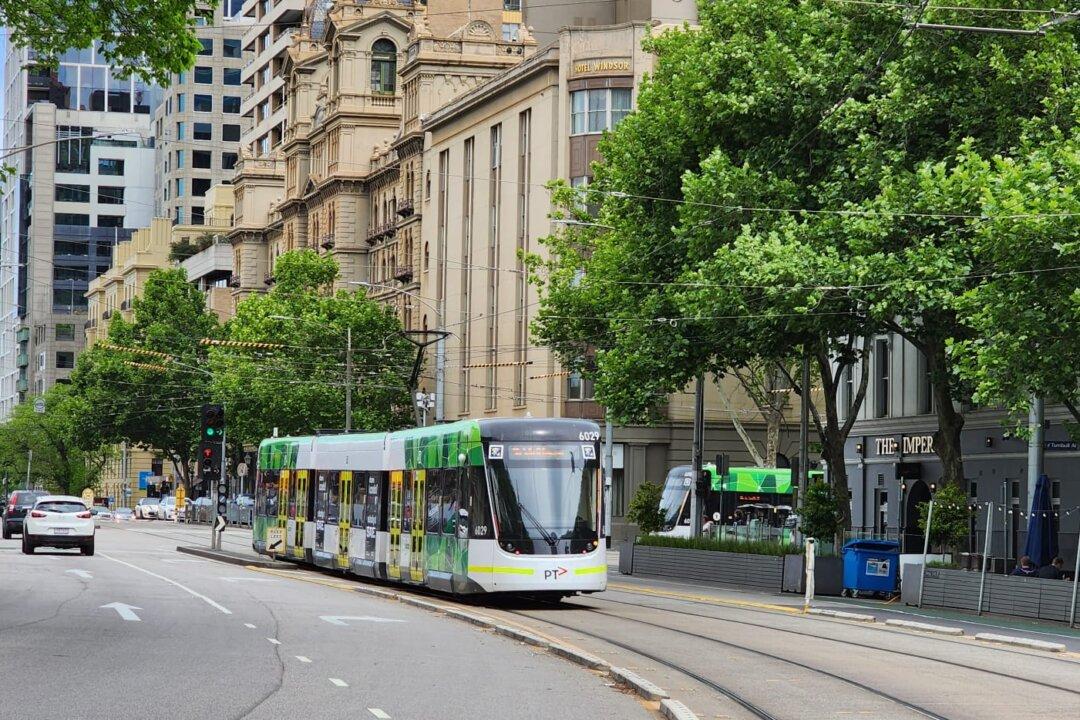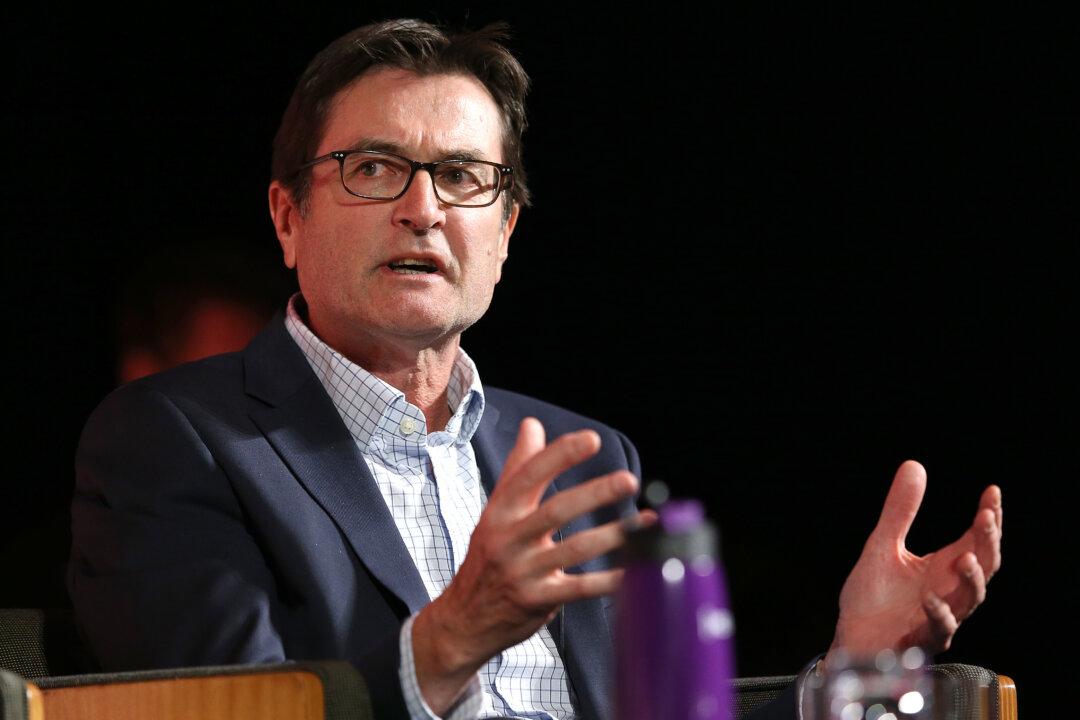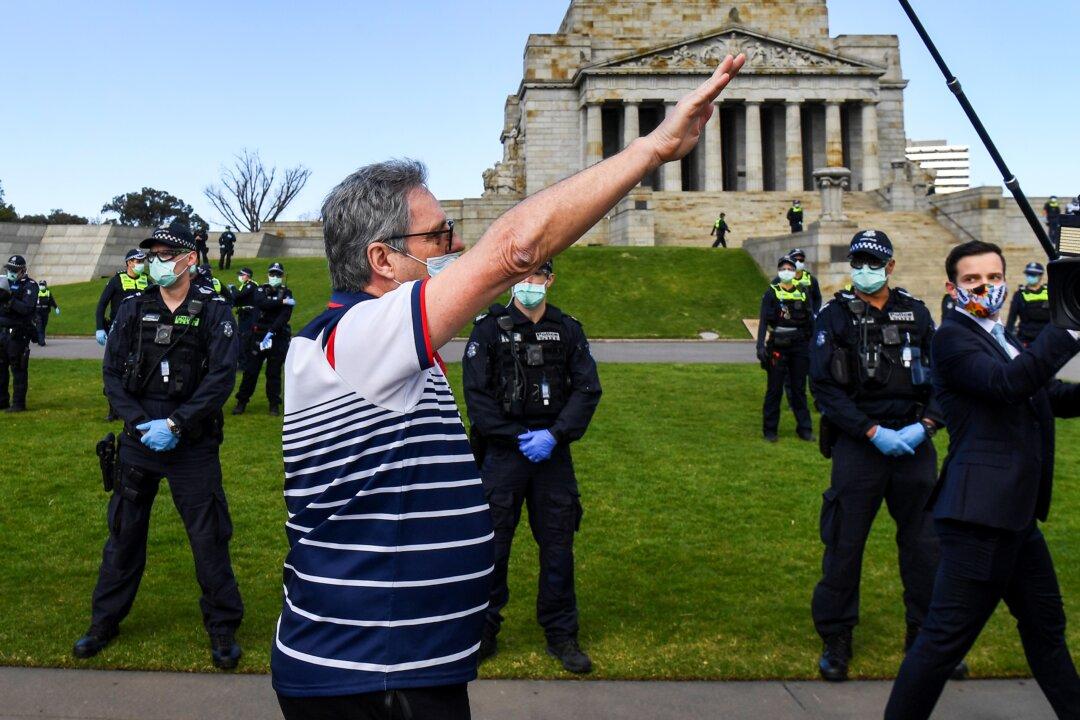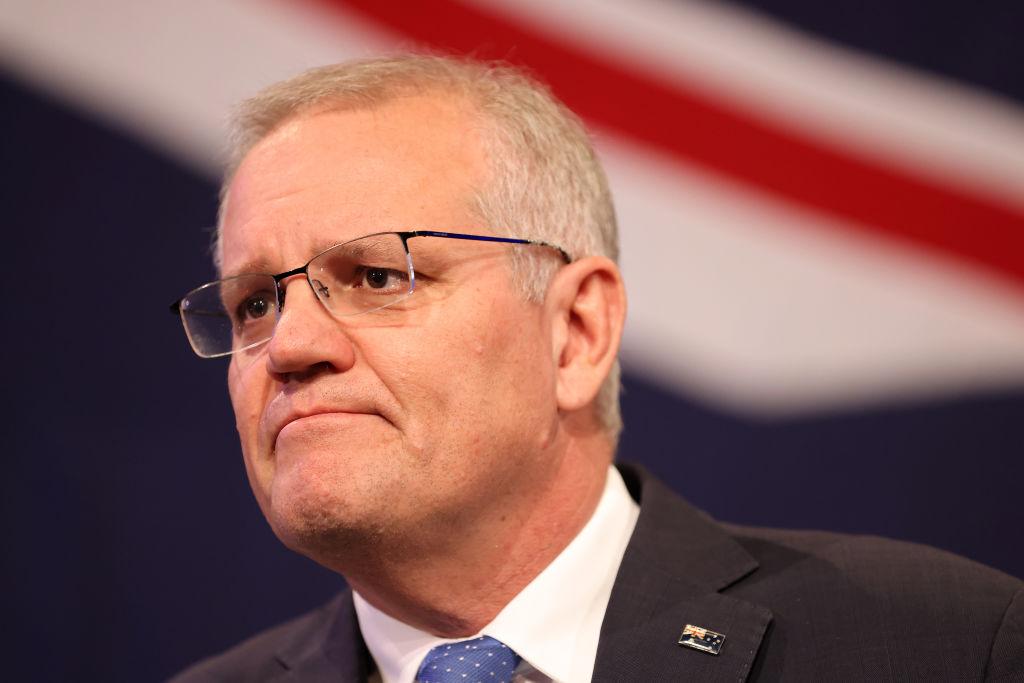The Albanese Labor government’s lofty plans to supply 82 percent of the country’s energy grid with renewable sources is unlikely to come to fruition, according to a green energy advisory.
The firm, Nexa, says Australia will struggle to get to 60 percent renewables by the end of the decade, citing the challenges with building new infrastructure.
